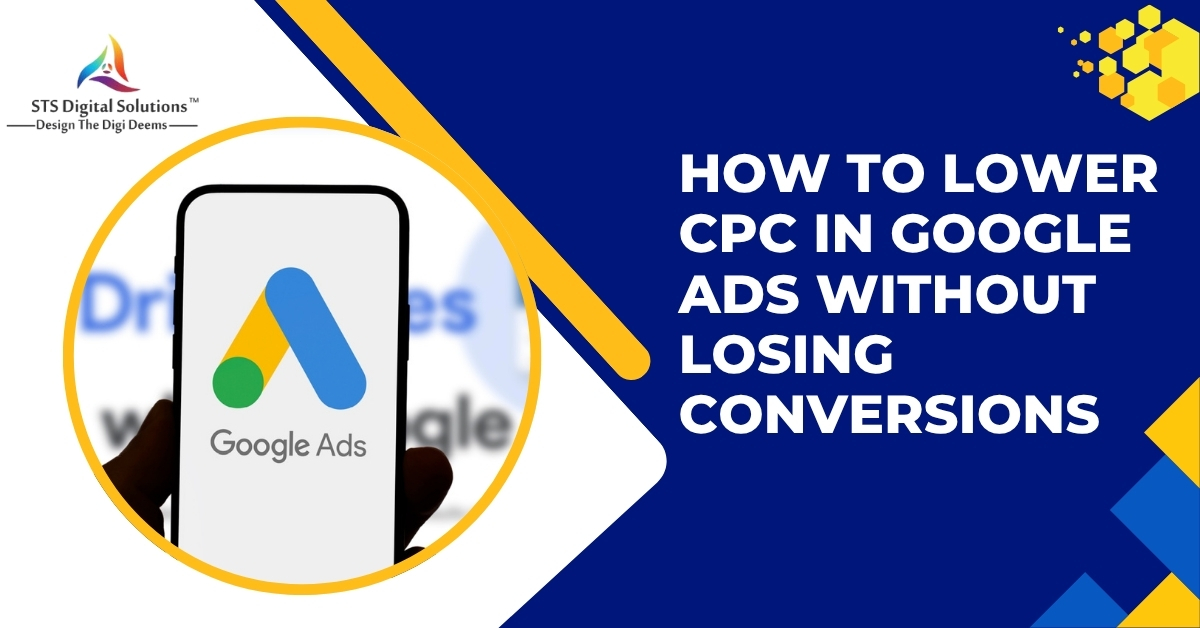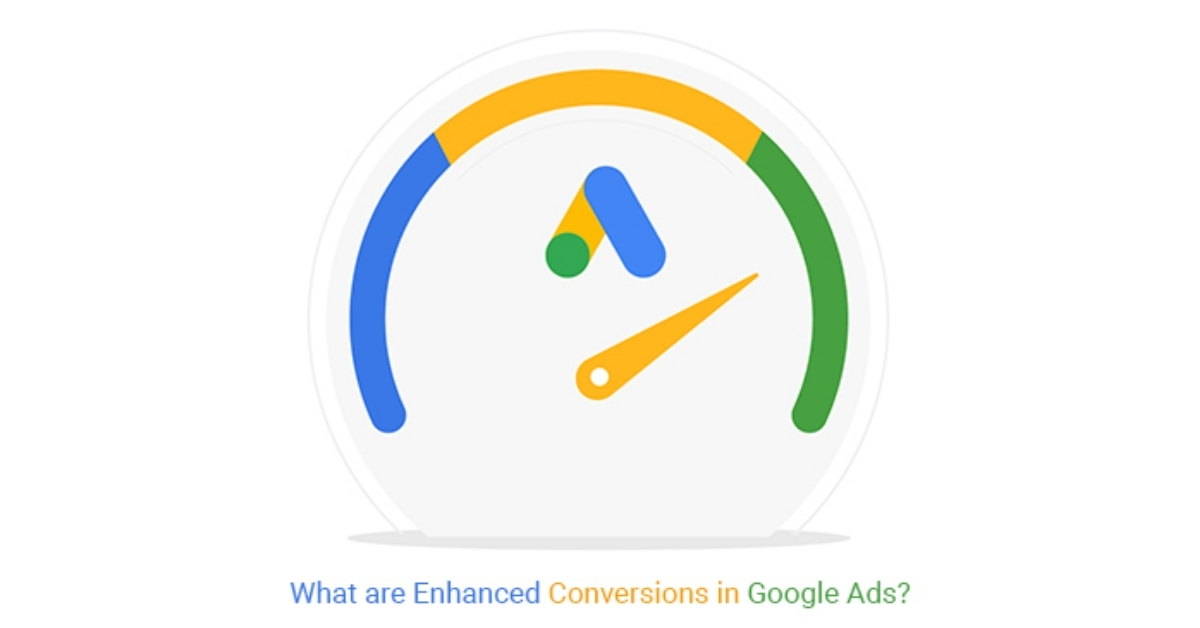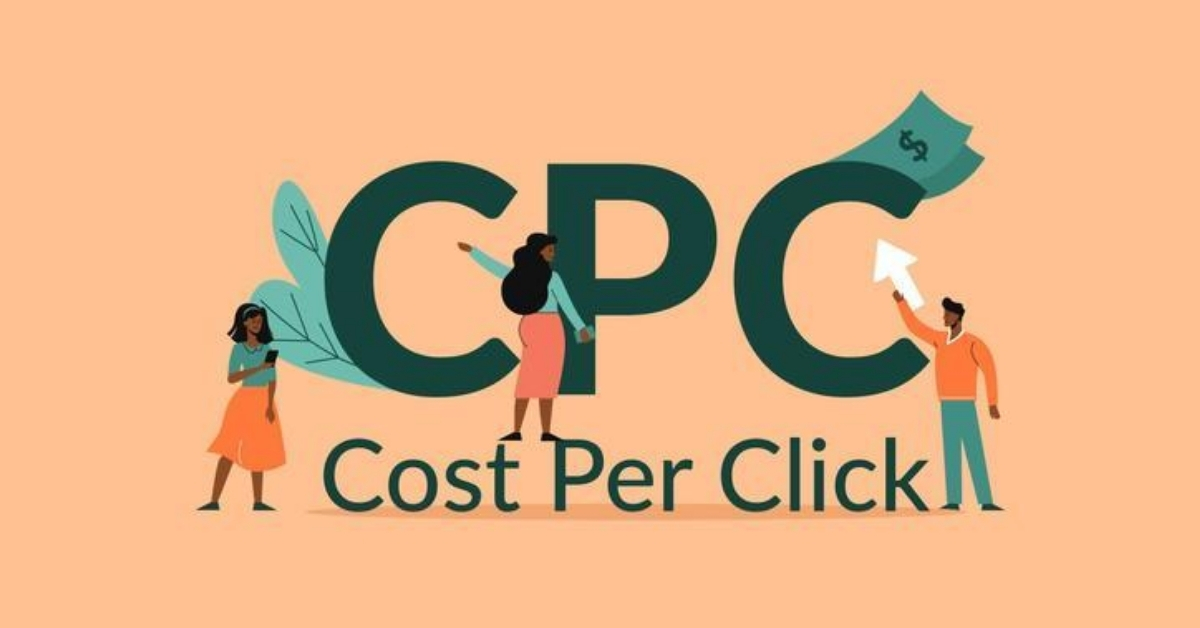How to Lower CPC in Google Ads Without Losing Conversions

It is always important to learn what determines CPC before attempting to reduce it. Google Ads calculates your CPC using your Quality Score, which consists of three key factors:
- Estimated Click-through rate (CTR):The likelihood of users clicking your advertisement.
- Ad Relevance: The relevance or the accuracy of your advertisement to the search intent of the user.
- Landing Page Experience: The usefulness and relevance of your landing page as perceived by the visitors.
The better the Quality Score, the lower CPC that Google will award you for the same position.
1. Refine Keyword Targeting
Using too broad a set of keywords is likely to cost you a lot in ad expenditure. The first step to reducing CPC is to optimize your list of keywords:
- Use Long-Tail Keywords: Long-tail keywords are less competitive and have better intentions.
- Add Negative Keywords: It is also advisable to look at your search terms report regularly to drop irrelevant keywords. This will save you the cost of having to pay for non-converting clicks
- Categorize Group Keywords Correctly: Develop ad groups that are narrow in range of theme and with specific keywords to enhance ad relevance and Quality Score.
- Monitor Search Intent:Remember to use your keywords to make sure that you are at the right stage of the buyer, informational, navigational, or transactional.
2. Enhance Relevance and Quality of Ads.
The copy of your ad has a direct relationship with the Quality Score and click-through rate. More clicks and even lower cost per click are only achieved because better ads are relevant to the user. Here’s how to do it:
- Write Effective Headings: The headings must be powerful and benefit-oriented language that considers the intent of the user.
- Use Keywords in Ad Copy: Be more relevant by including your main keyword in your headline and description.
- Use All Ad Extensions: Add sitelinks, callouts, structured snippets, and call extensions to enhance visibility and the click rate.
- Test Multiple Variations:A/B test varying headlines and CTAs to discover what will result in the highest engagement.
Relevant ads have high CTRs and reduced CPCs in the long run.
3. Maximize Landing Pages to Improve the Quality Score.
Although the performance of your ads is good, a bad landing page can lead to a high CPC and damage conversions. Pay more attention to the enhancement of user experience and relevancy:
- Make sure Page Speed: The slower the landing page, the higher the bounce rates and the poor Quality Scores.
- Match Ad Message to Landing Page:Be consistent with the message between the ad and landing page to build on trust and relevance.
- Include Conspicuous CTAs:A visible and convincing call-to-action button makes it simple to make users to take action.
- Add Visual and Trust Elements:Inclusion of testimonials, reviews, and certifications will allow the development of trust.
With a better landing page experience, Google believes that your ad will be more valuable, and this will reduce your CPC automatically.
4. Smart Bidding Strategies Should Be Wise.
Remember that with manual bidding, you have more control over it, but with Smart Bidding, driven by Google through AI, you may receive real-time bids optimized in order to make the most conversions with the lowest CPC. The best strategies are:
- Target CPA (Cost Per Acquisition):Is aimed at acquiring conversions at your target cost.
- Maximize Conversions:Automatic bidding is automatically maximized to make as many conversions as possible within your budget.
- Enhanced CPC (ECPC): Pairs your manual bids to increase your conversion prospects.
Periodically review campaign activity and adjust bid limits to ensure that there is control, but automation can be left to maximize efficiency.

5. Focus on Audience Targeting
Rather than putting your ads before everyone, you will target the people most likely to be converted. Not only will this improve the conversion rates, but it will also minimise the wasted ad spend:
- Create Custom Audiences:Build audiences using behavior, search, and interests.
- Apply Remarketing: Re-use previous visitors to your site who did not convert. Such audiences tend to be more intentional and less expensive.
- Harness Demographics and Locations: Use age, gender, device, and location adjustments to find your audience groups that are most profitable.
Micro-targeting is the way to make sure that your ad budget is spent where it will do the most good.
6. Schedule Ads Strategically
A 24/7 ad running will empty your wallet with little or no outcome. Evaluate the performance of your campaigns to understand the best hours and days that generate the most conversions. Ad scheduling options can be used to display ads during such times only. As an example, in case the majority of conversions would occur after 9 AM and before 8 PM, show no advertisements in other hours. Such a solution will decrease non-purpose clicks and decrease the total CPC without negatively affecting the number of conversions.
7. Maximize the device performance.
Targeting of the device contributes significantly in terms of campaign cost. Look at the performance data to identify the devices that provide the highest ROI. When the mobile conversion is better compared to desktop clicks, but the desktop clicks are costly, then decrease the bids on desktop and increase the bids on mobile. In this manner, you will spend your budget in areas that bring the greatest value, which will mean lower CPCs and increased conversion efficiency.
8. Optimize Responsive Search Ads (RSAs).
Responsive Search Ads automatically experiment with a variety of headlines and descriptions to determine the most effective ones for each user. Put simply, the more the AI of Google is able to select the appropriate ad that fits the appropriate audience, the more relevant and CTR you become and the higher Quality Score, and the reduction in CPC in the long run. You should always add your keyword and value proposition to your various headline variations to optimize performance.
9. Periodically Reexamine and Maximize Campaign Performance.
The constant optimization of CPC will be essential to minimize it and the conversions. Review your campaign reports once a week to determine poorly performing keywords, advertisements, or demographics. Stop or increase what is not working and triple down on what is. There is a constant refresh of ad copy, targeting, and bids to ensure that your campaigns remain cost-effective and competitive.

10. Monitor Conversions and Future ROI.
Reduction of CPC is not about paying less but having all clicks count towards your conversion objectives. To track what keywords, devices, or audiences are really bringing in the results, put up effective conversion tracking in Google Ads and Google Analytics. After finding the areas that perform well, invest more in them and reduce unnecessary expenses in other areas.
Conclusion
It takes a strategic and data-driven approach to reduce CPC in Google Ads and remain profitable in conversions. Having a better ad relevancy, landing pages optimization, targeting, and automation can result in better campaigns, which bring high-reward ROI. Our company STS Digital Solutions, assists companies in creating and operating cost-efficient strategies of Google Ads that reduce CPC, increase Quality Scores, and get the most out of conversions.


